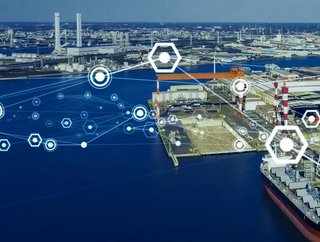MIT Tech Review, Ericsson: 5G key to carbon reduction

The energy, manufacturing, and transport sectors are some of the biggest contributors to global carbon emissions. As corporations grapple (or at least try to be seen to be grappling) with the process of drawing down on greenhouse gas emissions in the face of a worsening climate crisis, a new whitepaper from the MIT Technology Review suggests that 5G and “other digital cellular technologies” could have a significant role to play in the decarbonisation of three of the world’s dirtiest industries.
"Sectors like energy, manufacturing, and transportation are some of the biggest greenhouse gas emitters globally," says Francesca Fanshawe, editor of the white paper. "But they are also increasingly interconnected. 5G has the potential to make industries more data-driven and more efficient, helping to reduce carbon emissions."
The white paper, which was produced in association with Ericsson, identified that - in the race towards increased visibility, efficiency, and automation - some of the highest emitting sectors have also become the most connected, making extensive use of private 5G networks, edge computing, and the Internet of Things (IoT). As a result of the manufacturing, transport, and energy sectors’ efforts to “extract value from digital cellular networking technology”, the increased visibility and efficiencies also “create virtuous cycles of shared data and insights that are already enabling a range of climate-friendly outcomes.”
By employing “data based decarbonisation techniques” to improve carbon neutrality pledges and environmental, social, and governance (ESG) reporting will also, the report argues, be essential to business’ efforts to establish their bona fides with analytics that verify their low-carbon operations—perhaps even resulting in formal "no carbon" certification of their products and services.”
"Through connected technologies, the private and public sectors can harness all manner of uses and solutions to combat climate change. Efficient logistics and manufacturing, renewable energy systems, and low carbon transportation are just some of the known uses. With a clear challenge in global energy consumption, effects of CO2 pollution, and inefficient use of resources we need to turn to those enabling technologies that can drive change fastest and we believe that 5G is one of our most powerful and scalable tools available to do so," says Erik Ekudden, senior vice president and chief technology officer at Ericsson.






